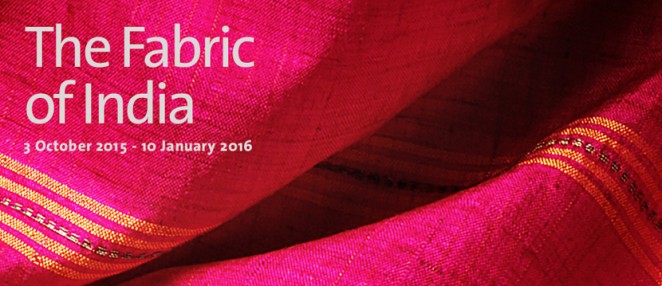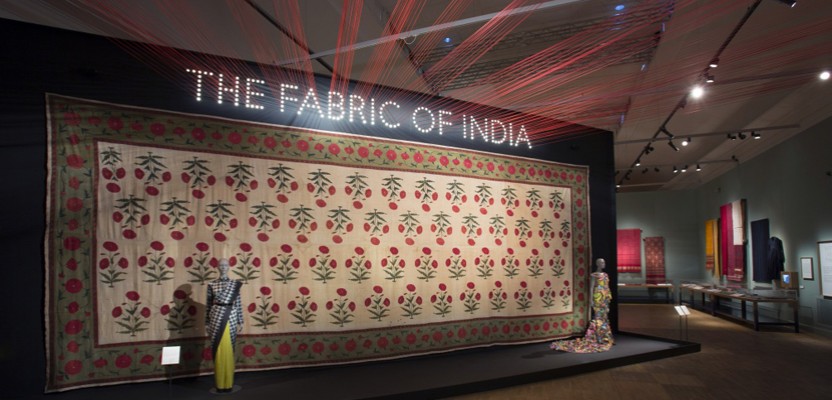Acclaimed furniture, interior and exhibition designer Gitta Gschwendtner has created a unique new spatial design for the Victoria & Albert Museum’s Fabric of India exhibition, which uses yarn to help house and tell the story of around 200 handmade Indian textiles. The exhibition, which is running now until 10 January 2016, is the main event at the V&A India Festival and features some of the earliest known Indian textile fragments, contemporary fashion, ancient ceremonial banners, contemporary saris and sacred temple hangings. Many of the objects are on display for the first time, and include a stunning range of historic dresses, heirloom fabrics, and cutting-edge fashions.
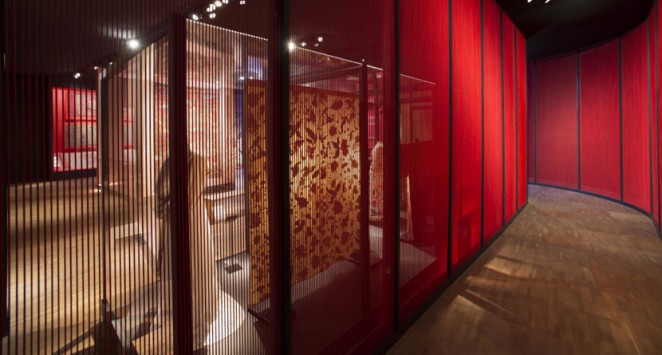

The exhibition was created by a team comprising Gschwendtner, Studio Frith (graphics) and Studio ZNA (lighting), who were appointed in August 2014 to create the first major exhibition to explore the dynamic and multifaceted world of handmade textiles from India from the 3rd to the 21st century. Gschwendtner has used bungee string to represent thread or yarn to help introduce stories and delineate spaces, beginning with a title where you can see the string projecting forward. She also used this techniques between galleries, at one point creating a curved corridor, which allows you see between spaces.
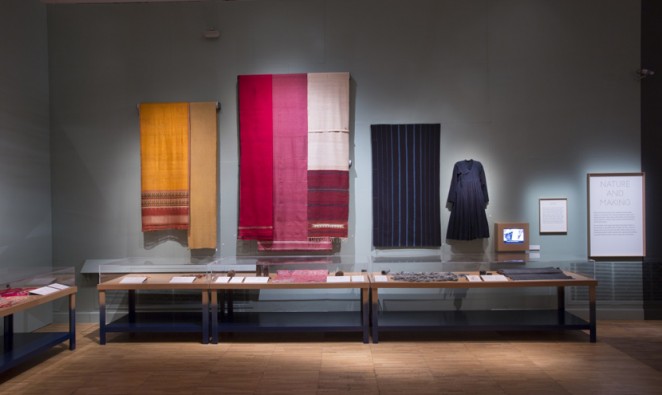
Gitta Gschwendtner has created a unique new spatial design for the Victoria & Albert Museum’s Fabric of India exhibition
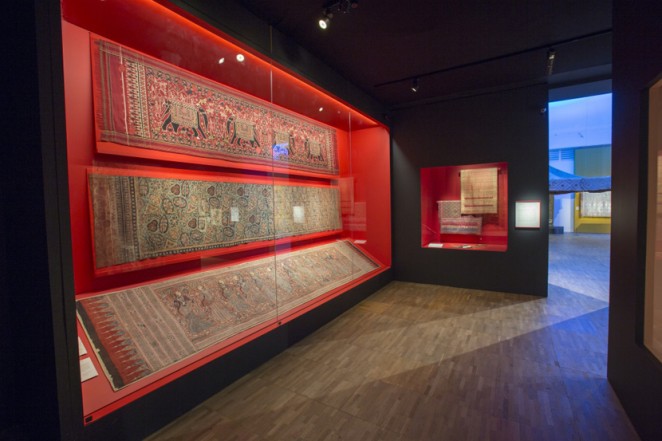
Exhibits have been contained in trays, which form a continuous and consistent design language. Within this structure each section of the exhibition has been given a different feel and a design language that compliments, but doesn't overwhelm the exhibits. The first section, titled “Nature and Making,” has been designed so that it hints at a workshop environment. There are workbenches made from MDF finished in a dusty green, while small trays contain samples of string and cocoons of thread. This the leads onto the “Sacred” section and the “Splendid” section, where rich tapestries are contextualised with architectural-stained MDF architecture and blue lighting helps to create the sense of the outside within the high ceiling space.


A “Global Trade” section, meanwhile, looks at travel, the influence of different textiles and how they have been used by in the trade market. This section looks much darker and more mysterious, with different reds used to represent different area, such as dark red for the early encounters area and bright for South East Asia.” The last gallery has a fresher feel, showing contemporary pieces separated by fins. Subsections include “Textiles in a Changing World” and “At the Cutting Edge.” Gschwendtner said: “We wanted it to have richness but not look too flashy. We’re playing with quite simple structures and slightly unusual materials.”

The exhibition, which is running now until 10 January 2016, is the main event at the V&A Museum's India Festival
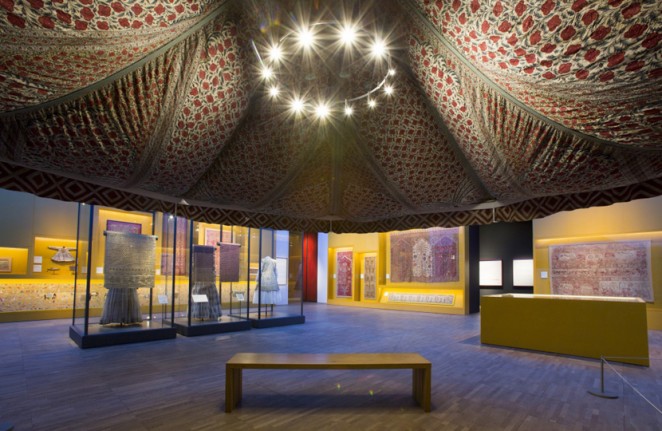
The V&A India Festival presents a series of exhibitions, displays, events and digital initiatives that explore the rich and varied culture of South Asia, both past and present. The festival will mark the 25th anniversary of the opening of the Museum’s Nehru Gallery, which displays some of the most important objects from the V&A’s South Asian art collection produced between the 16th and 19th centuries. There are numerous events planned as part of the festival, including an exclusive talk with Michael Palin, who will be discussing his various trips to the country, and a special Fabric of India conference on the 6th of November, which will explore aspects of historic and contemporary Indian textiles and dress and features speakers such as Indian fashion designers Rta Kapur Chishti, Manish Arora and the curators of The Fabric of India exhibition.
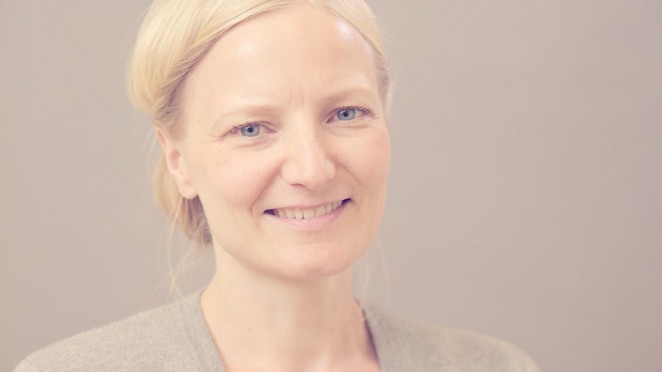
Gitta Gschwendtner
